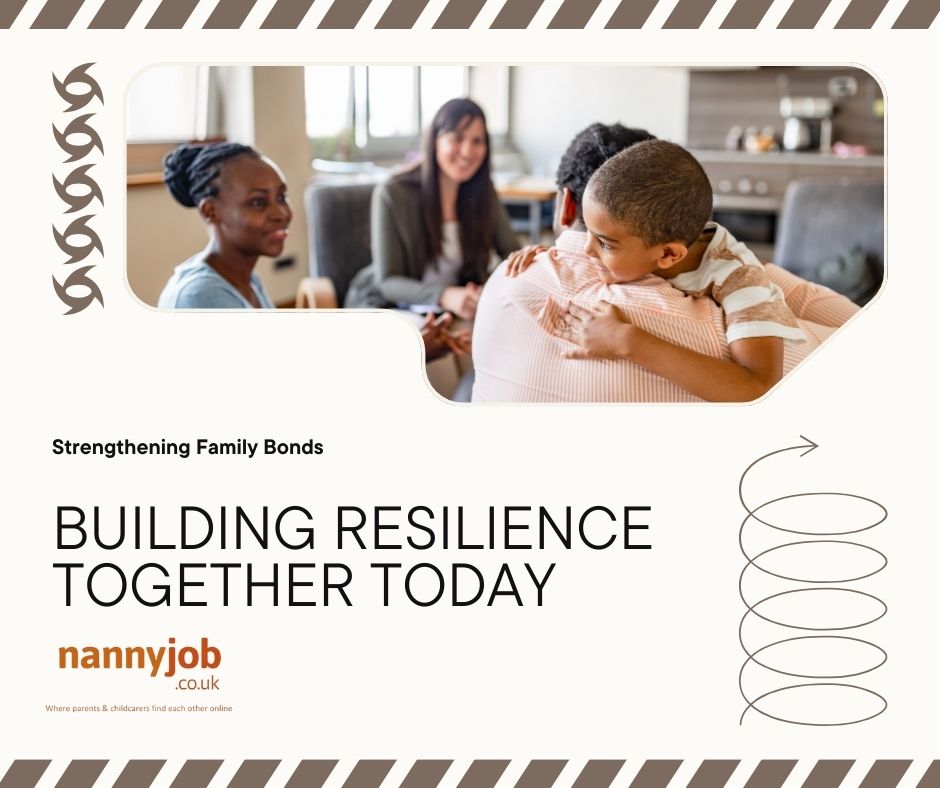Introduction
Children’s mental health is just as important as their physical well-being. Children’s Mental Health Week (3rd – 9th February 2025) is a crucial time to focus on helping kids develop emotional resilience, express their feelings, and seek support when needed.
As parents, nannies, and caregivers, we play a key role in fostering a positive mental health environment for children. This blog explores how we can support children’s emotional well-being and help them build the skills they need to navigate life’s challenges.
Why Mental Health Matters in Childhood
Good mental health enables children to:


When children struggle with their mental health, they may show signs of anxiety, withdrawal, anger, or difficulty concentrating. Recognizing these signs early and providing a supportive environment can make a significant difference.
How to Support Children’s Mental Well-being
1. Encourage Open Conversations
- Create a safe space where children feel comfortable talking about their emotions.
- Use age-appropriate language to discuss feelings, like happy, sad, worried, or frustrated.
2. Teach Emotional Regulation
- Help children understand that all feelings are valid but need to be managed in healthy ways.
- Breathing exercises, mindfulness, and storytelling can help kids express and process emotions.
3. Build Resilience Through Problem-Solving
- Instead of fixing every problem for them, guide children through solutions.
- Praise effort rather than just outcomes to encourage a growth mindset.
4. Encourage Play and Creativity
- Play is a powerful way for children to process emotions.
- Arts, crafts, music, and role-playing can help kids express themselves.
5. Be a Role Model
- Show children how you manage stress and emotions in a healthy way.
- Talk about your own feelings in an age-appropriate way, showing that it’s okay to express emotions.
6. Promote Healthy Routines
- Regular sleep, nutritious meals, and physical activity all contribute to mental well-being.
- A structured routine provides a sense of security and stability for children.
How Nannies and Caregivers Can Help
Nannies and caregivers can have a big impact on a child’s mental health by:



By working together, families and caregivers can give children the emotional tools they need to navigate the world confidently and happily.






















